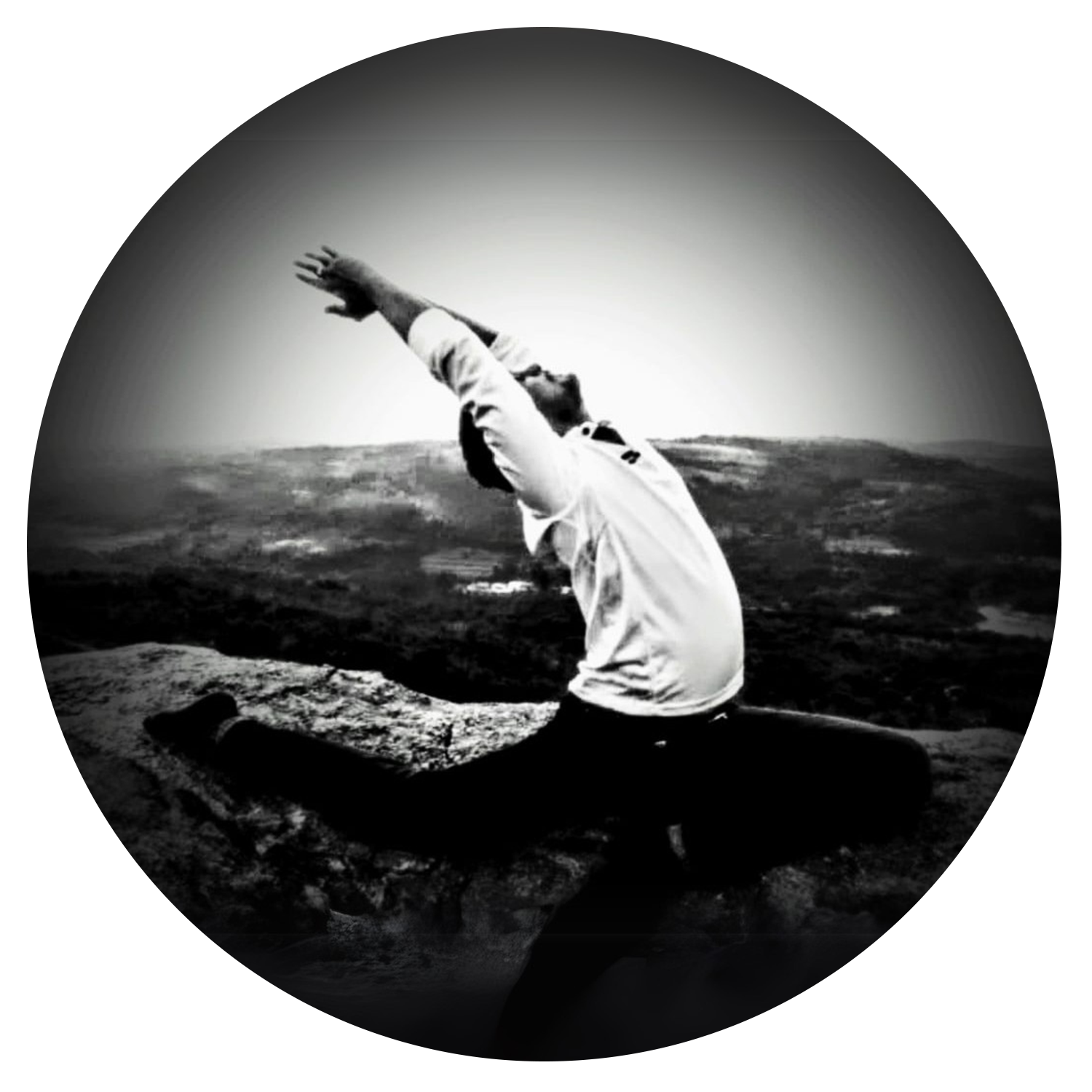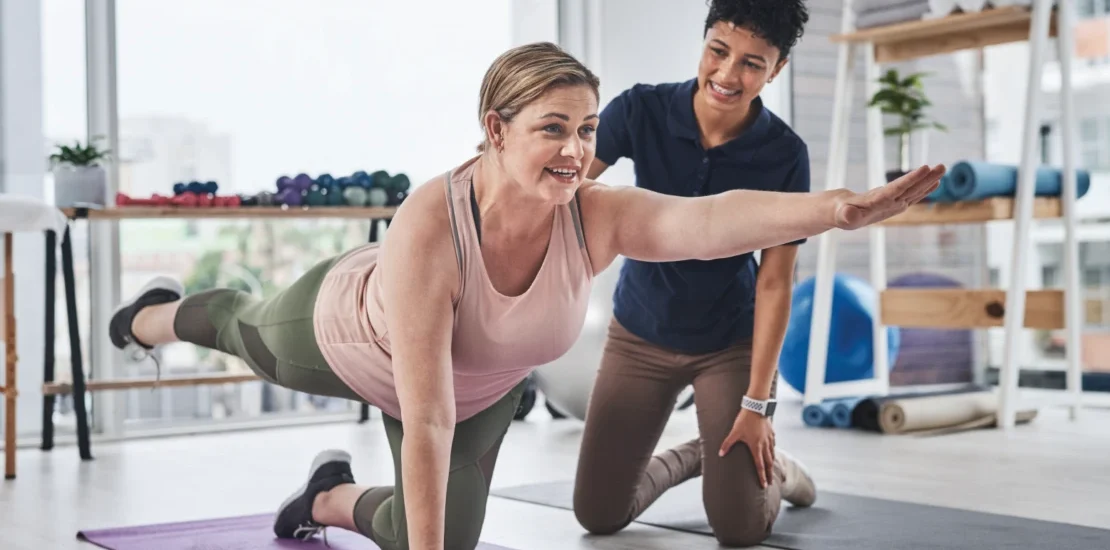
INTRODUCTION
Brief Role Description
Certified Yoga Professionals (Assistant Yoga Therapist) can work under supervision of Certified Physician or Certified Yoga Therapist & Yoga Consultant on specific disorders
Requirement / Eligibility
There is no eligibility criteria for this certification. It is open for all candidates. To appear in this certification, it is suggested/desired that the candidate should have passed 10th standard / secondary school certificate from a recognized board or equivalent.
Minimum age: No age limit
Personal Attributes
The job requires individual to have good communication skills, time management skills and ability to understand the body language of the trainees. The job requires individual to possess key qualities such as self-discipline, confidence, maturity, patience, compassion, active listening, time management, empathetic, language proficiency.
Name of the Certification | Assistant Yoga Therapist (AYTh) |
Credit points for certificate | 24 credits |
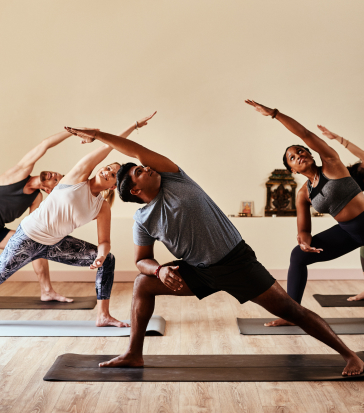
THEORY SYLLABUS
Unit 1 : Basic Principles of Yoga Therapy
1.1 Concept of Yoga: Its Definition, Aim, Objectives and Misconception.
1.2 Significance of Hatha Yoga Practices- Shatkriyas, Yogasana, Pranayama, Mudra and Bandha and Dhyana.
1.3 Guiding Principles to be followed by Yoga Therapy Assistant.
1.4 Roles and Responsibilities of Yoga therapy Assistant.
1.5 Scope and limitations of Yoga therapy Assistant.
1.6 Knowledge of vital parameters to assess general state of patients: Measurement of Blood Pressure, Respiratory Rate, Pulse Rate and Body Temperature.
1.7 Knowledge of use of props: ropes/belt/cushions/special aids.
1.8 Importance of pre-procedural preparedness for therapeutic Yoga sessions.
Unit 2: Yoga Therapy in Traditional Yoga Texts
2.1 Basic Knowledge of various yogic texts such as Patanjala Yogsutra, Hathapradipika, Gheranda Samhita.
2.2 Knowledge of schools of Yoga: Karma Yoga, Bhakti Yoga, Jnana Yoga and Dhyana Yoga.
2.3 Concept of klesha, Concept of chittavritti .
2.4 Ashtanga Yoga and its therapeutic importance.
2.5 Principles of Hathayoga, Hatha yogic practices in view of therapy.
Unit 3: General Anatomy and Physiology
3.1 Basic knowledge of Human Body Skeleton; organization of body cells, tissues, Systems, membranes and glands.
3.2 Basic Knowledge of Anatomy and Physiology of the following system –Muscular, skeletal system; Digestive system; Respiratory system; Cardio vascular system; Excretory system; Endocrine system.
Unit 4: Yoga and Allied Science
4.1 Knowledge of Yogic Principles -Ahara, Vihar, Achar- Vichar.
4.2 Alternative Therapy: Basic principles of Ayurveda, Naturopathy.
4.3 Concept of holistic wellbeing.
4.4 Yogic concept of healthy living: Tridosha, Tri dhatu –Mala.
4.5 Therapeutic importance of Dincharya and Ritucarya.
4.6 Importance of Diet (Aahara).
4.7 Yoga as preventive and promotive health care.
PRACTICAL SYLLABUS
A. Demonstration Skills
UNIT 1. Shatkarma: Knowledge and ability to perform the following Practices:
- 1.1 Neti (Jal and sutra)
- 1.2 Dhauti
- 1.3 Trataka
- 1.4 Kapalbhati
- 1.5 Agnisara
- 1.6 Nauli
- 1.7 Shankhaprakshalana
UNIT 2. Yogic SukshmaVyayama and SthulaVyayama
- Yogic SukshmaVyayam
- 2.1 Neck Movement
- 2.2 Shoulder Movement
- 2.3 Trunk Movement
- 2.4 Ankle movement
- Yogic SthulaVyayama
- 2.5 Engine Daud
- 2.6 Sarvangpushti
UNIT 3. Yogasana
- 3.1 Standing Asana: Tadasana, Trikonasana, Vrikshasana, Ardhchakrasna, Padhastanasana, Parshavkonasana
- 3.2 SittingAsana: Padmasana, Marjariasana, Vakrasana, Ardhamatsyendrasana, Janusirsasana, Paschimottanasana, Vajrasana, SuptavajrasanaUshtrasana, Gomukhasana, Mandukasana, Kurmasana, Kukkutasana, Bhadrasana.
- 3.3 ProneLyingAsana: Bhujangasana, Shalabhasana, Dhanurasana, Makarasana
- 3.4 SupineLyingAsana: Pawanmuktasanaanditsvariation, setubandhasana, Viparitkarniasana, sarvangasana, Ardhahalasana, Uttanpadasana, Matsyasana, Halasana, Naukasana, Cakrasana, Shavasana.
UNIT 4. Pranayama
- 4.1 Breath Awareness
- 4.2 Sectional breathing
- 4.3 Nadishodhan Pranayama
- 4.4 Bhramari (with or without kumbhaka)
- 4.5 Ujjayi, Bhastrika
- 4.6 Shitali-Sitkari.
UNIT 5. Bandha and Mudra
- 5.1 Jalandhara Bandha, Uddiyana Bandha, Mula Bandha, Maha Bandha
- 5.2 Yoga Mudra, Maha Mudra, Shanmukhi Mudra, Shambhavi mudra, Vipareet Karni Mudra
UNIT 6. Practices leading to Meditation
- 6.1 Pranav and Soham Japa
- 6.2 Yoga Nidra
- 6.3 Antarmauna
- 6.4 Ajapa Dharana
- 6.5 Om Meditation
B. Teaching Skills
- 1. Relevance and importance of feedback form.
- 2. Maintenance of the record of vitals of the patients’ pre and post therapy.
- 3. Maintain interpersonal relationship with Yoga therapist and patients timely.
- 4. Knowledge of first aid procedure.
- 5. Knowledge of basic physical and clinical examination of the patient- blood pressure, pulse rate, respiratory rate, weight, temperature, height ,BMR etc..
- 6. Knowledge of policy and procedure for the therapeutic Yoga treatment.
- 7. Knowledge of correct ambulation of the patient.
- 8. Maintenance record of the patients grievances and escalate to the concerned authority.
- 9. Demonstrate the skills of infection control and use of personal protective equipment(PPE).
MARKS DISTRIBUTION
Theory:
Unit No | Unit name | Marks |
1 | Basic Principles of Yoga Therapy | 15 |
2 | Yoga Therapy in Traditional Yoga Texts | 15 |
3 | General Anatomy and Physiology | 15 |
| 4 | Yoga and Allied Science | 15 |
Total | 60 | |
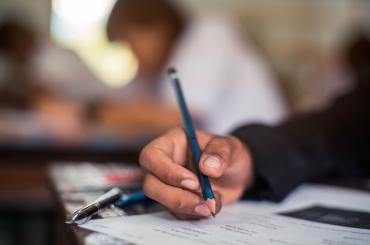
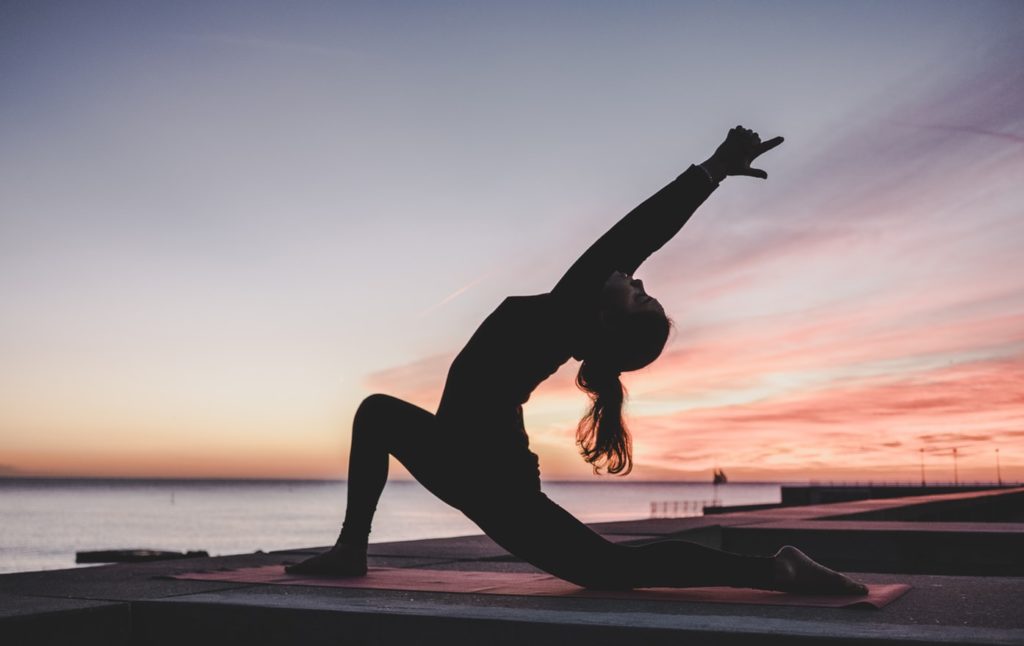
Practical:
Unit No | Practical Work | Marks |
1 | Demonstration Skills | 80 |
2 | Teaching Skills | 20 |
3 | Application of knowledge | 30 |
4 | Field Experience | 10 |
Total | 140 | |

